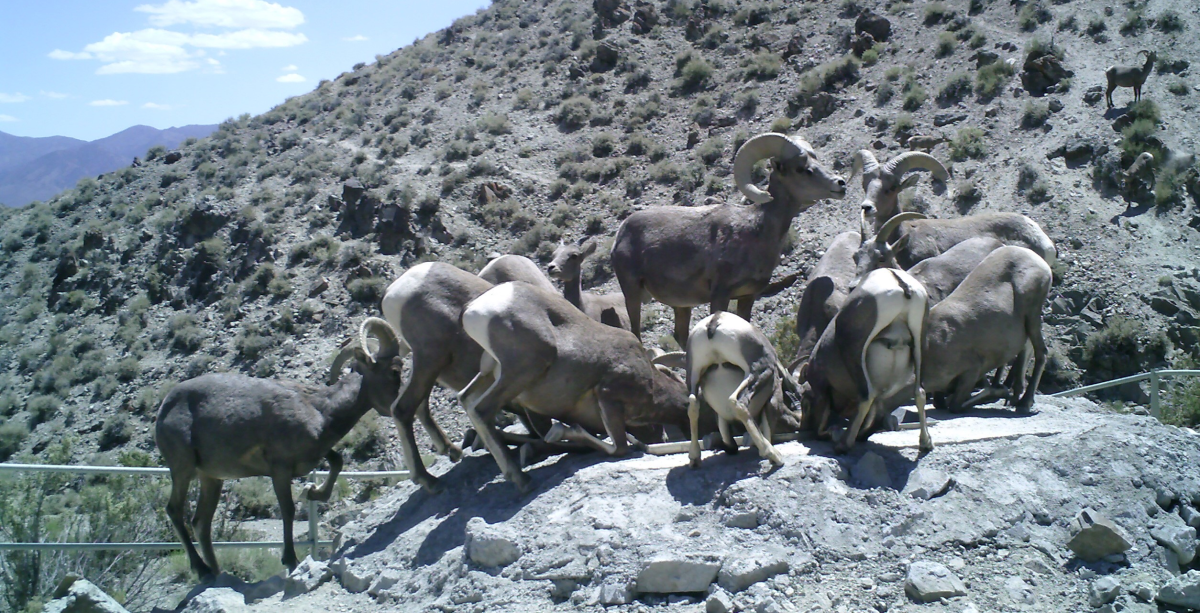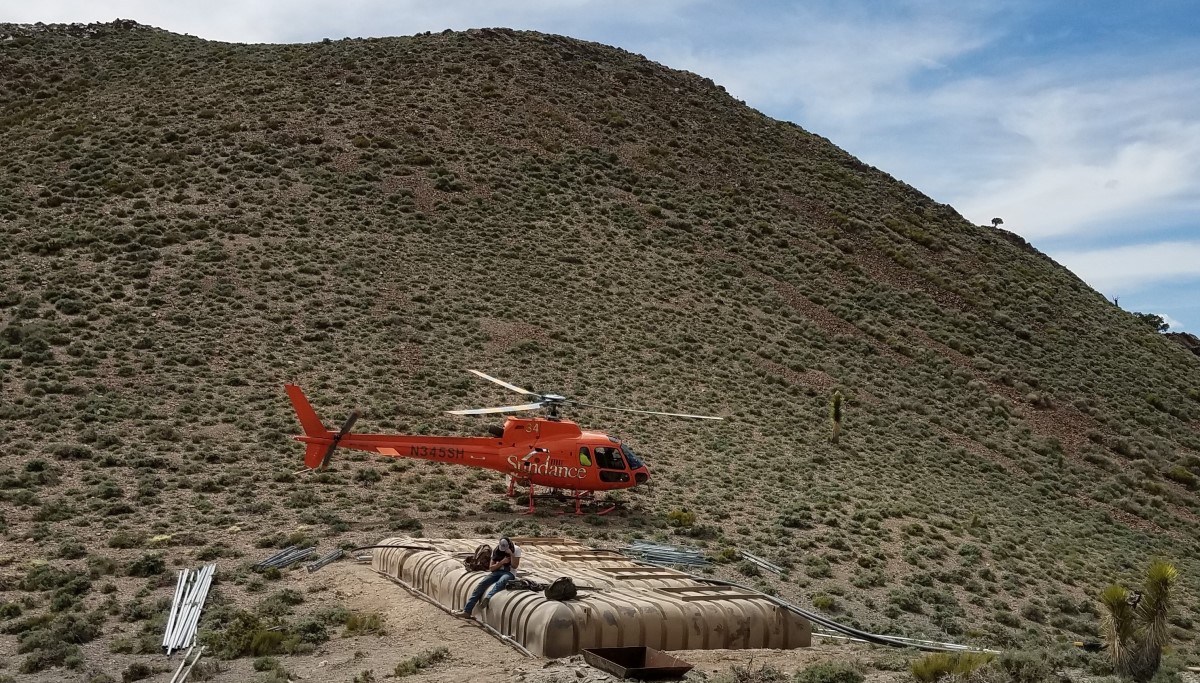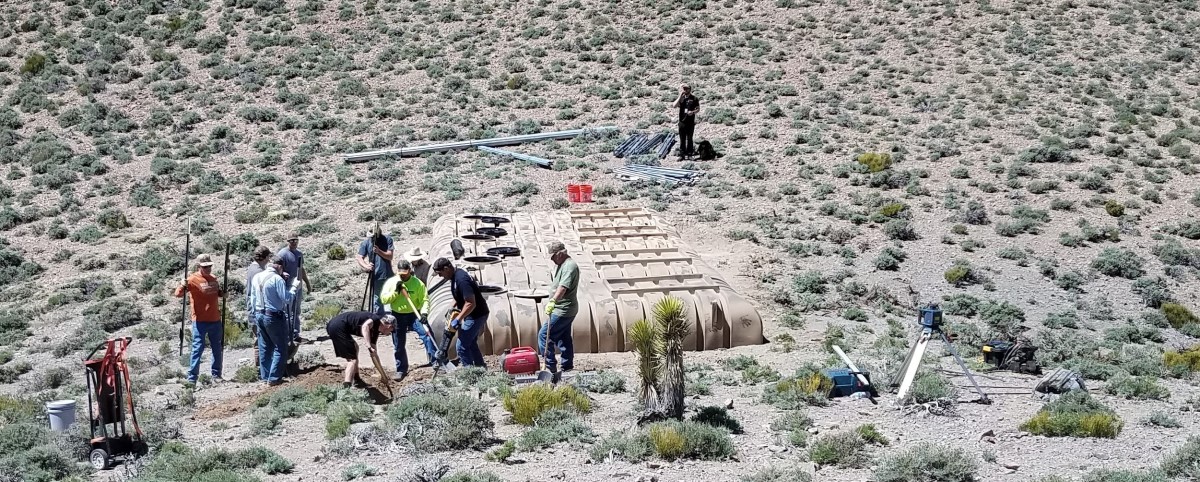Departments of Interior and Agriculture take steps to conserve and enhance wildlife migration corridors in partnership with states and tribes
Today, the Theodore Roosevelt Conservation Partnership celebrated a joint announcement by the U.S. Department of the Interior, the U.S. Department of Agriculture, and the state of Wyoming regarding cooperative efforts to partner in the conservation and enhancement of wildlife migration corridors.
“Functional migration corridors and other seasonal habitats are essential to healthy populations of elk, mule deer, and antelope and help to ensure that all Americans have opportunities to enjoy our storied big game herds,” said Whit Fosburgh, president and CEO of the Theodore Roosevelt Conservation Partnership. “We greatly appreciate the leadership shown today by Secretaries Haaland and Vilsack, in partnership with state and tribal governments, to invest in the conservation and restoration of migratory wildlife habitats.”
Today’s statement included a commitment by the federal agencies to support the implementation of Wyoming Governor Mark Gordon’s 2020 executive order prioritizing the conservation of mule deer and pronghorn migrations. In addition, the agencies announced the availability of $2 million in new grant funding from the National Fish and Wildlife Foundation’s Improving Habitat Quality in Western Big Game Migration Corridors and Habitat Connectivity program, as well as a commitment from USDA to leverage programs such as Working Lands for Wildlife, the Sage Grouse Initiative, and the Conservation Reserve Programs.
Wildlife migration corridor conservation was highlighted in the May 2021 Conserving and Restoring America the Beautiful report, and today’s announcement marks the first agency actions under the Biden Administration to address the issue. These steps signal that the new administration is genuinely interested in building upon the migration-focused DOI Secretarial Order 3362, signed in 2018 by then-Secretary Ryan Zinke. That order, and the federal funding associated with it, catalyzed significant investment from state agencies and non-governmental organizations.
“Given recent advancements in migration research and mapping, there is enormous opportunity for state and federal agencies to make more precisely informed land management decisions and to invest strategically in conservation and restoration projects,” continued Fosburgh. “The TRCP looks forward to continuing to work cooperatively with the administration, states, tribes, and private landowners to advance and further expand this exciting work, which is fundamental to the future of hunting in America as we know it.”








Finally, wonderful news on installing Migration Corridors!